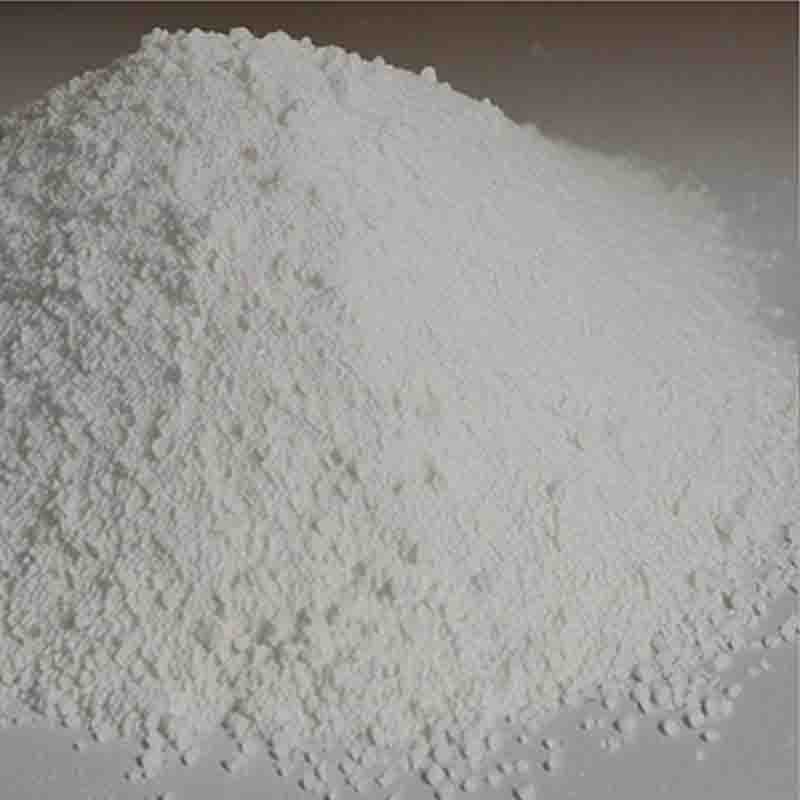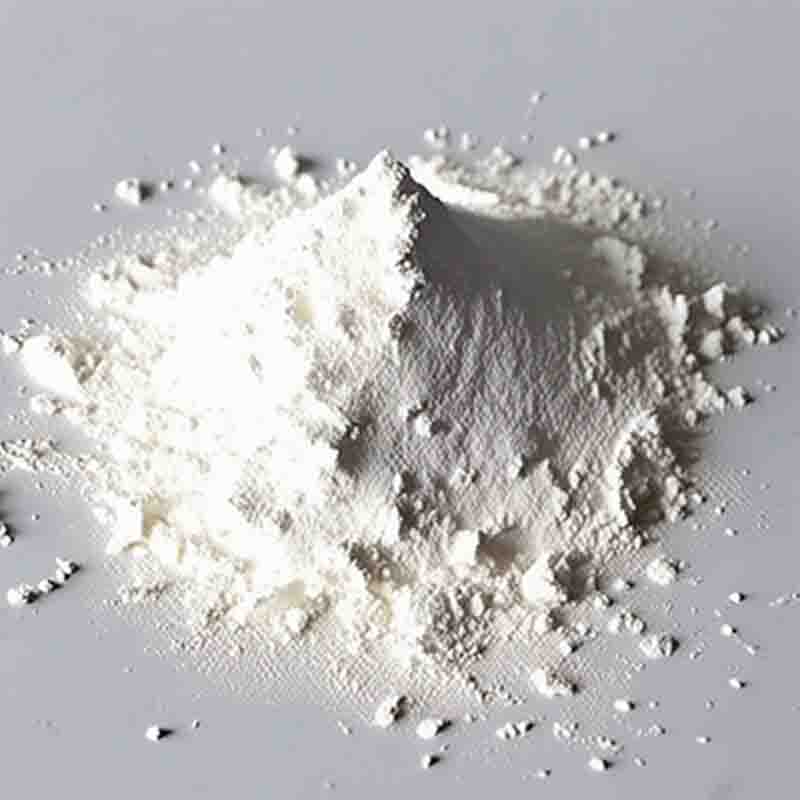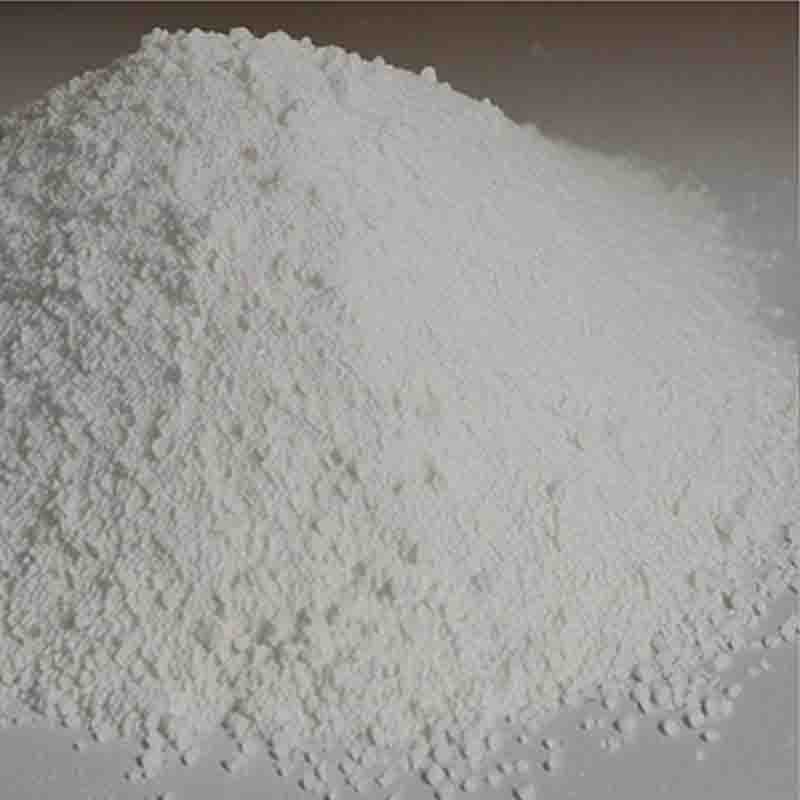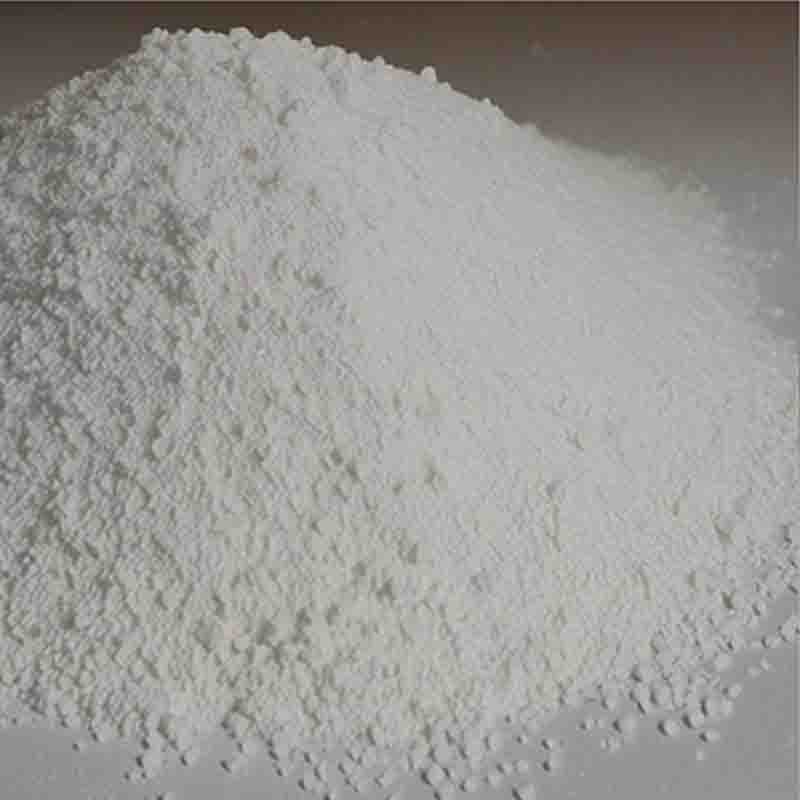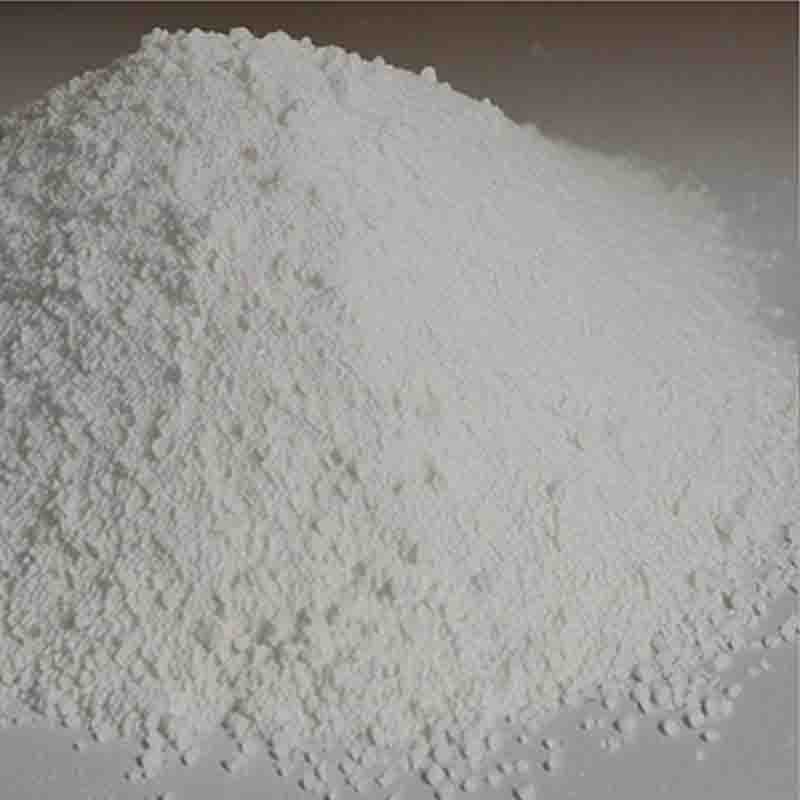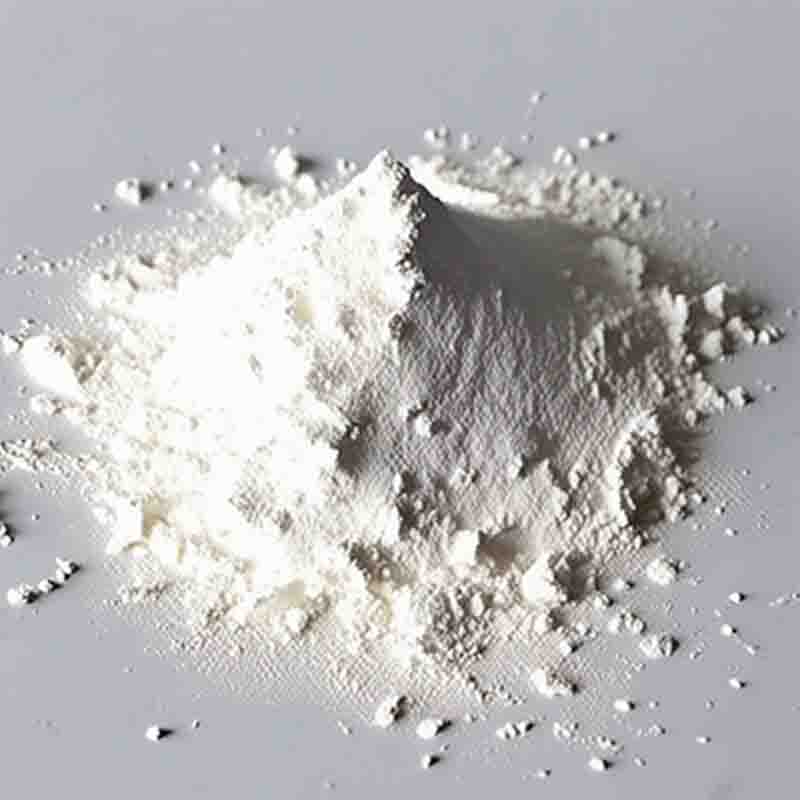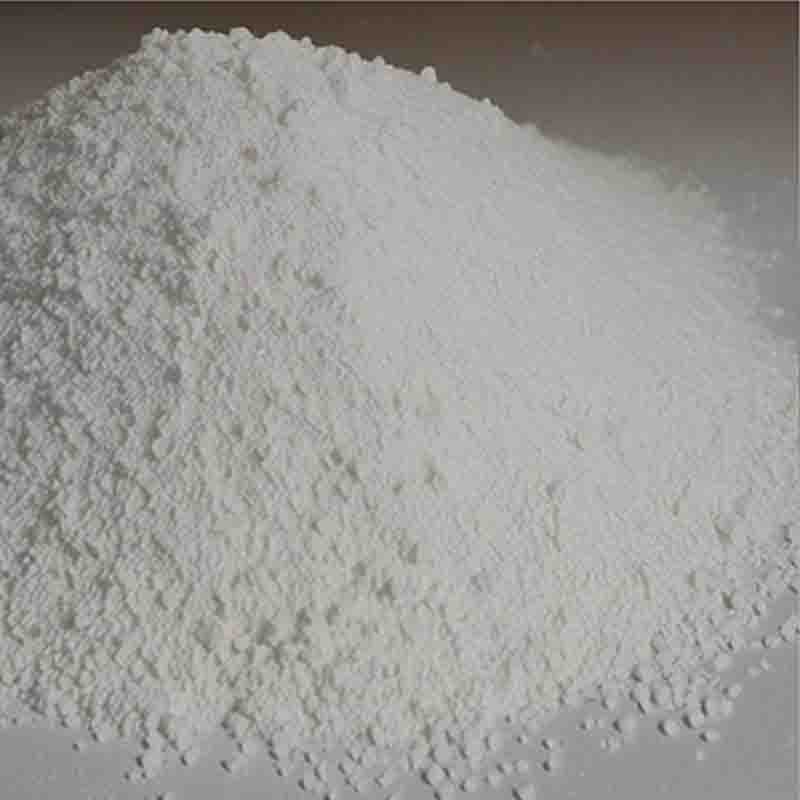DICHLOROBIS(TRI-O-TOLYLPHOSPHINE)PALLADIUM(II) CAS: 40691-33-6
| Catalog Number | XD94461 |
| Product Name | DICHLOROBIS(TRI-O-TOLYLPHOSPHINE)PALLADIUM(II) |
| CAS | 40691-33-6 |
| Molecular Formula | C42H44Cl2P2Pd |
| Molecular Weight | 788.08 |
| Storage Details | Ambient |
Product Specification
| Appearance | White powder |
| Assay | 99% min |
Dichlorobis(tri-o-tolylphosphine)palladium(II), commonly referred to as PdCl2(PPh3)2, is a popular and widely used metal complex in organic synthesis. It is an important transition metal catalyst that finds applications in a variety of reactions.One of the primary uses of PdCl2(PPh3)2 is in cross-coupling reactions, particularly in the formation of carbon-carbon bonds. Cross-coupling reactions involve the coupling of two different organic fragments through the formation of a new carbon-carbon bond. This process is highly valuable in the synthesis of complex organic compounds, including pharmaceuticals, agrochemicals, and materials.The most well-known cross-coupling reaction that utilizes PdCl2(PPh3)2 is the Suzuki-Miyaura coupling. This reaction allows for the formation of carbon-carbon bonds between an aryl or vinyl halide and an aryl or vinyl boronic acid. The versatility and efficiency of the Suzuki-Miyaura coupling make it a powerful tool in organic synthesis for the construction of biaryl compounds, which are commonly found in pharmaceuticals and natural products.PdCl2(PPh3)2 is also frequently employed in other cross-coupling reactions, such as the Heck reaction, Stille reaction, and Sonogashira reaction. These reactions allow for the formation of carbon-carbon bonds between different types of electrophiles and nucleophiles, providing access to a wide range of structurally diverse compounds.In addition to cross-coupling reactions, PdCl2(PPh3)2 is utilized in various other catalytic processes. It can mediate oxidative transformations, such as the oxidation of alcohols to aldehydes or ketones using molecular oxygen or other oxidants. PdCl2(PPh3)2 has also been employed in the activation of carbon-hydrogen bonds, enabling C-H functionalization reactions. These reactions offer a more direct and efficient approach to introducing functional groups into a molecule, reducing the need for prefunctionalization steps.Moreover, PdCl2(PPh3)2 is an effective catalyst in the reduction of organic compounds. It can promote selective hydrogenation reactions, allowing for the reduction of functional groups like nitro groups, imines, and alkenes, among others. This versatility makes it valuable in the synthesis of fine chemicals and pharmaceutical intermediates.Overall, PdCl2(PPh3)2, or dichlorobis(tri-o-tolylphosphine)palladium(II), is a versatile and widely applicable metal complex in organic synthesis. Its use in cross-coupling reactions, oxidative transformations, C-H functionalization, and selective hydrogenation makes it indispensable for the construction of complex organic molecules. The ability of PdCl2(PPh3)2 to catalyze these reactions with high efficiency and selectivity has made it a fundamental tool in synthetic chemistry.


